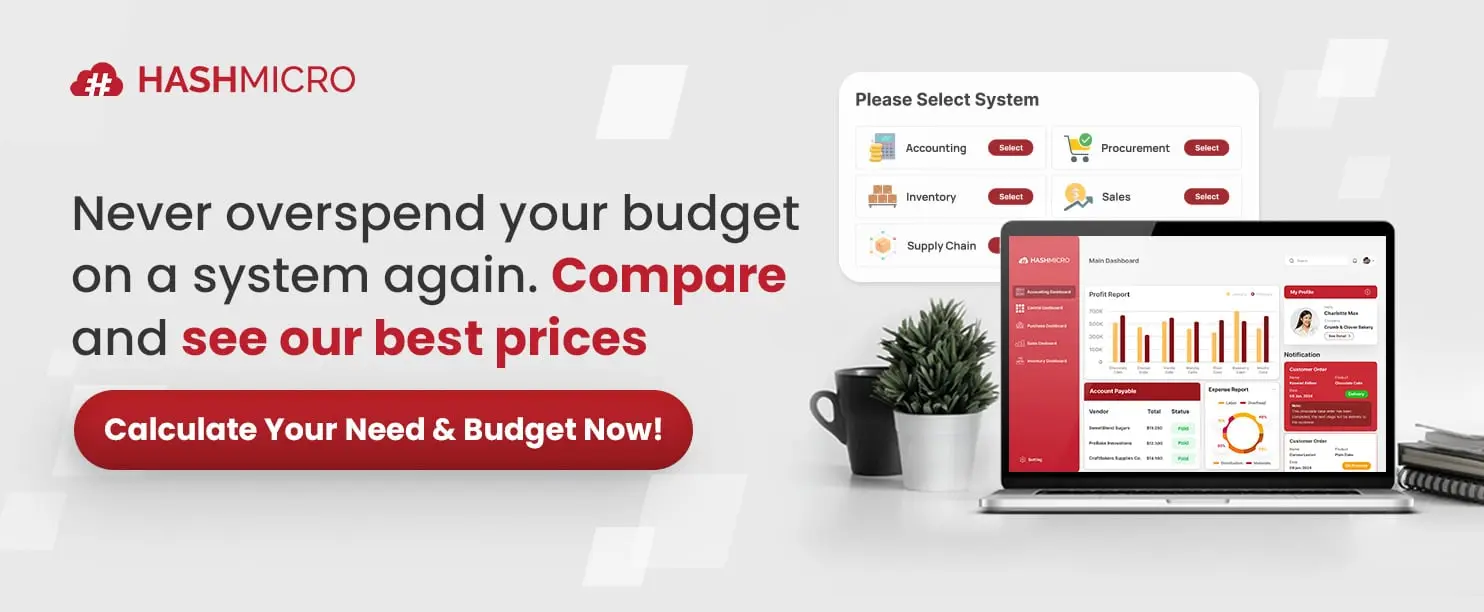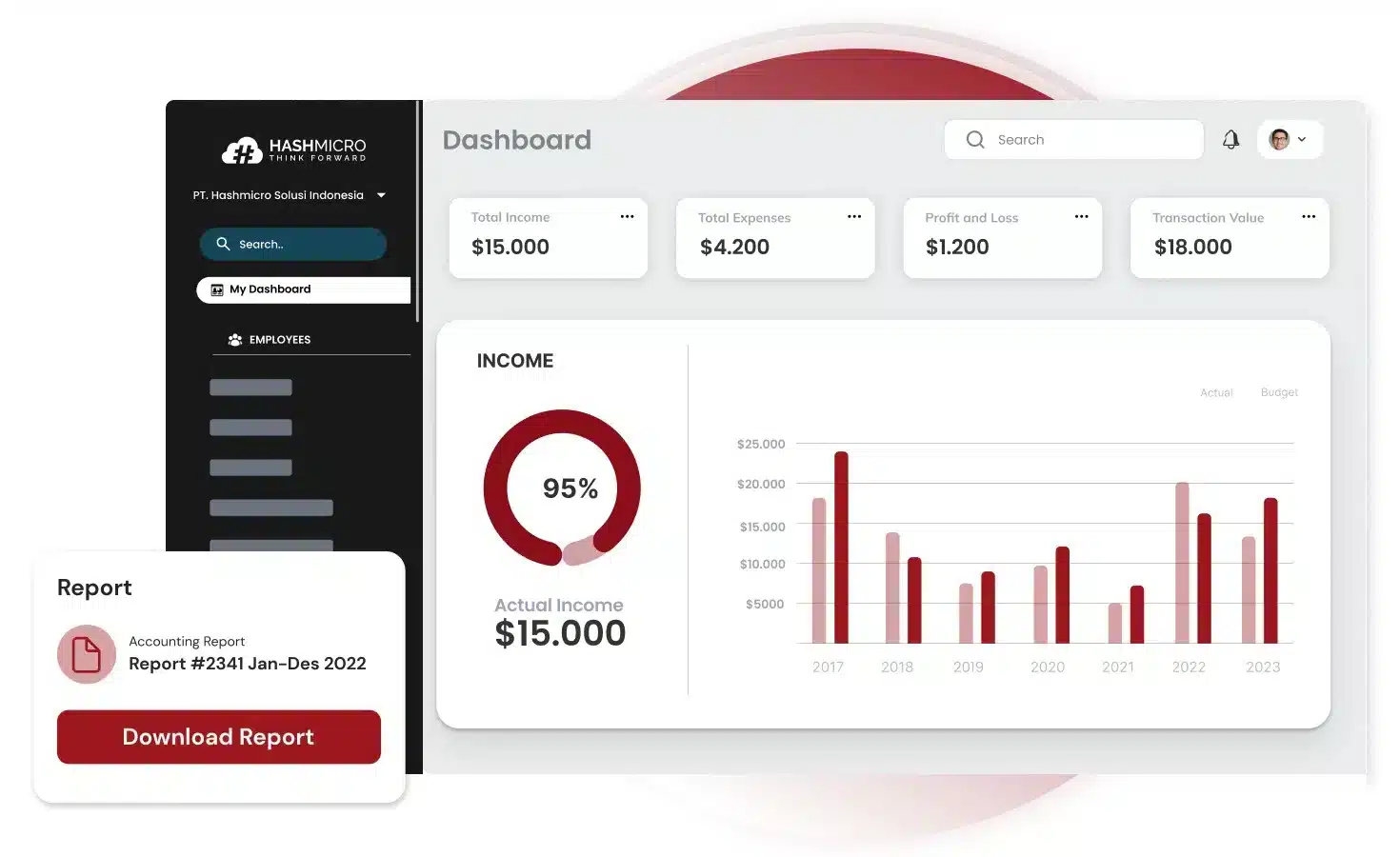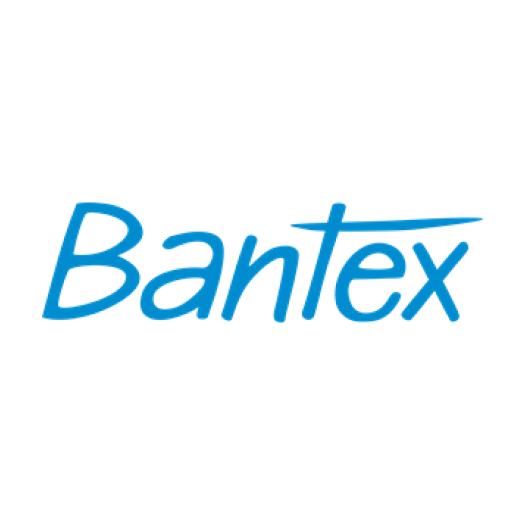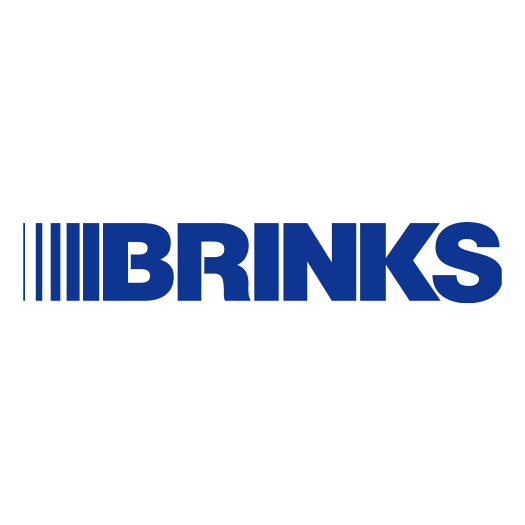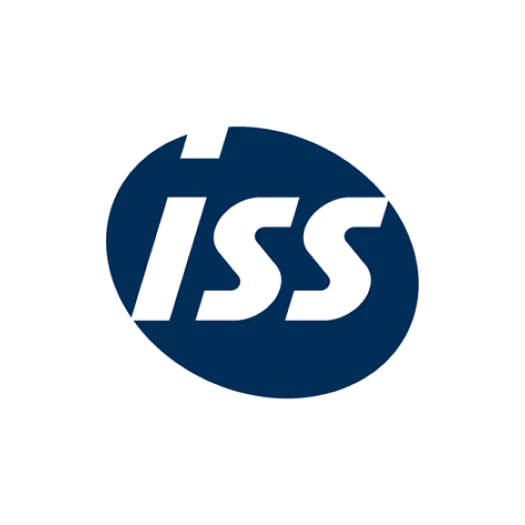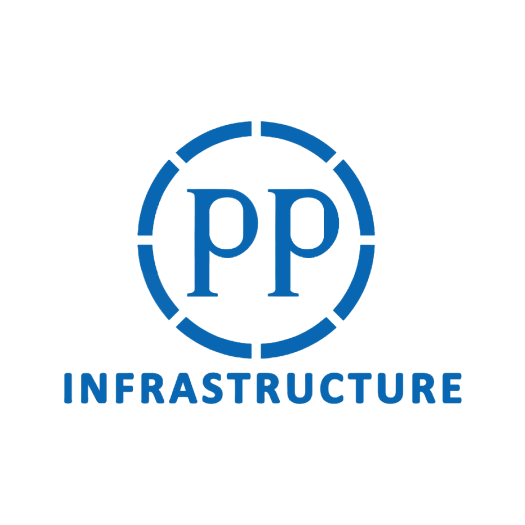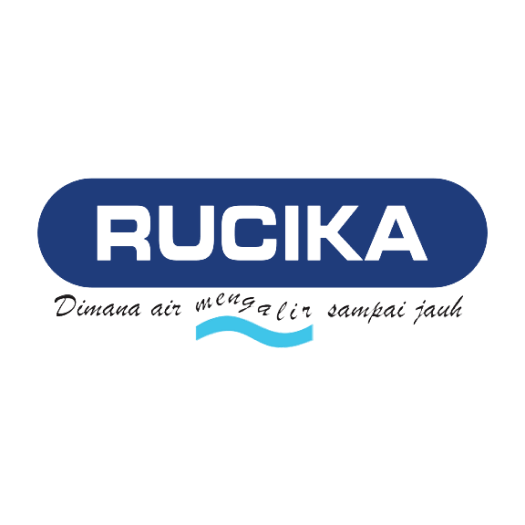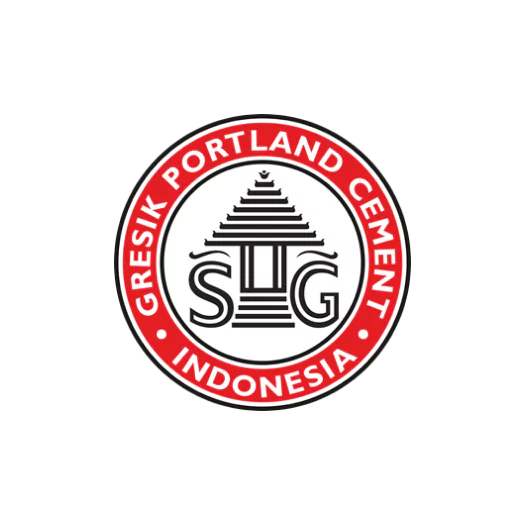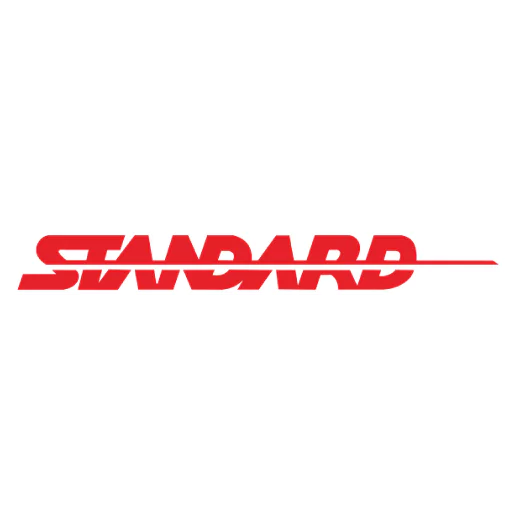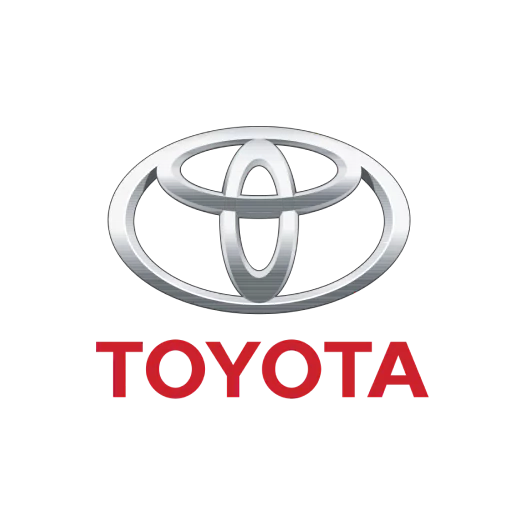Every product on a store shelf carries a hidden number that determines whether a business thrives or struggles. That number is the unit cost, the real price of producing a single item or service.
For managers, miscalculating unit costs can result in eroded margins, ineffective pricing strategies, and financial blind spots. Without a clear understanding, even growing companies risk losing profitability and efficiency.
A study by the Malaysian Institute of Accountants (MIA) highlights the importance of accurate cost analysis for business competitiveness in Malaysia’s manufacturing and retail sectors. The report reveals that many firms face hidden costs, resulting in inaccurate unit cost calculations.
This article will guide you through what unit cost is, the types you need to know, and practical examples. You will also discover how HashMicro Accounting Software provides the right solution to calculate unit costs with accuracy and efficiency.
Key Takeaways
|
What is Unit Cost?
Unit cost is a measure of the cost incurred by a company to produce one unit of a product or service. This calculation is commonly used across various industries, including manufacturing, retail, and service sectors, although the process may be more straightforward for product-based businesses.
In practice, unit cost is often expressed as a dollar amount per unit or as a percentage of sales revenue. It is closely tied to financial metrics such as the cost of goods sold (COGS), break-even point (BEP), and contribution margin, making it a vital tool for evaluating business performance.
By analyzing unit costs, companies gain clarity on whether their operations are efficient and profitable. This measure encompasses both fixed and variable expenses associated with producing, storing, and selling products, providing valuable insights for informed decision-making and long-term sustainability.
Unit Costs in Accounting
Accounting for unit costs is an essential practice for both public and private companies, as it ensures transparency and accuracy in financial reporting. Public companies must follow Generally Accepted Accounting Principles (GAAP), which require recording unit costs at the time of production and matching them to revenue when the sale is made.
Under GAAP, unit costs for goods-centric companies are first recorded as inventory on the balance sheet. Once a sale is made, those costs are matched with the corresponding revenue and reported on the income statement, giving a clear picture of financial performance.
Analysts often focus on it, gross profit margin, and gross profit margin to evaluate efficiency and profitability. A higher gross profit margin means the company earns more per dollar of revenue, making the accounting for unit costs a powerful indicator of operational success.
Why is Unit Cost Important?
Understanding unit cost is vital because it directly reflects the price a company incurs to produce or deliver a single unit of a product or service. By analyzing this measure, businesses can determine whether their operations are sustainable and profitable.
Below are the key reasons why unit cost holds such importance in accounting, pricing, and long-term business planning:
1. Determines profitability
Unit cost is a cornerstone for calculating profitability because it shows how much is spent versus how much is earned per unit. By subtracting the unit costs from the selling price, businesses can accurately measure their gross profit margins.
A higher profit margin indicates that the company is earning more revenue on each sale, which is essential for financial health. Without this clarity, businesses risk mispricing products and losing out on potential gains.
2. Informs pricing strategies
Accurate unit cost calculations enable companies to establish prices that strike a balance between competitiveness and profitability. When businesses know the cost of producing or procuring each item, they can confidently determine selling prices that appeal to customers while safeguarding margins.
This is especially important in industries where pricing pressure is high, such as retail or manufacturing. Without understanding unit costs, companies may undervalue or overprice their products, leading to lost opportunities.
3. Measures efficiency
Unit cost acts as a powerful indicator of a company’s operational efficiency. A lower cost per unit typically indicates that production processes, supply chains, and logistics are functioning effectively. Conversely, rising unit costs may reveal inefficiencies or bottlenecks that demand attention.
By tracking these changes, businesses can assess whether their resources are being utilized productively.
4. Identifies inefficiencies
Analyzing unit cost gives companies the ability to detect hidden issues within production or operations. For example, high material waste, labor inefficiencies, or delayed fulfillment can all inflate the cost per unit.
Identifying these weaknesses enables management to take corrective action, ranging from renegotiating supplier contracts to upgrading equipment. The outcome is a more cost-effective and sustainable production cycle.
5. Aids in strategic planning
Monitoring unit cost over time provides valuable insights into financial and operational trends. These insights allow businesses to forecast expenses, assess risks, and plan for growth more effectively.
For instance, a steady rise in unit cost may signal the need to rethink sourcing strategies or adopt automation. By integrating unit cost analysis into strategic planning, businesses ensure they remain competitive in changing market conditions.
Different Types of Unit Cost
Understanding the various types of unit costs is crucial for conducting accurate financial analysis and making informed decisions. Each type reflects a unique aspect of business expenses and provides valuable insights into efficiency, pricing, and profitability.
Below are the four primary types of unit costs that companies commonly evaluate:
1. Direct cost of unit
The direct cost of a unit refers to expenses that are directly associated with producing or procuring one unit of a product or service. These costs typically include raw materials, purchased components, or any input that can be clearly attributed to a specific unit.
For example, a manufacturer purchasing microchips for its electronics will include the cost of each microchip as part of the direct unit cost. By calculating and monitoring these costs, businesses can better control their spending and refine their pricing strategies.
2. Indirect cost of unit
The indirect cost of a unit covers expenses that support production but cannot be directly traced to a single product. Examples include machinery maintenance, facility rent, and administrative overhead that benefit the overall operation.
These costs are allocated across the total number of units produced, offering a fair representation of expenses that keep the business running. Understanding indirect unit costs helps companies plan budgets more realistically and avoid underestimating operational needs.
3. Fixed cost of unit
Fixed costs remain constant regardless of the number of units produced or sold within a given period. This category often includes expenses such as rent, insurance, or salaries that do not fluctuate with production volume.
For instance, a logistics company leasing a warehouse will incur the same cost whether it stores 100 units or 10,000 units. By spreading these fixed costs across units, businesses gain insight into how scaling production impacts overall cost efficiency.
4. Variable cost of unit
Variable unit costs change in proportion to the number of units produced or sold. These expenses often include raw materials, packaging, and utilities that increase as production levels rise.
For example, a clothing retailer purchasing fabric for garment production will see variable costs grow as more garments are made. Tracking variable unit costs enables businesses to identify cost-saving opportunities and adjust their operations in response to changing demand.
How to Calculate Unit Cost
Calculating unit cost helps businesses determine how much it costs to produce or acquire a single unit of product. Here’s how to do it step by step:
1. Identify Total Production Costs: Add up all direct costs (like materials and labor) and indirect costs (such as rent, utilities, and equipment depreciation).
2. Determine Total Units Produced: Find out how many units were made or acquired during the same period.
3. Apply the Formula: Use the formula with Unit Cost = Total Production Cost ÷ Total Units Produced.
4. Analyze and Adjust: Regularly review your unit cost to identify inefficiencies or areas where expenses can be reduced.
By understanding unit cost, businesses can set profitable pricing strategies, manage expenses better, and make data-driven decisions for sustainable growth.
How Hashmicro Accounting Software Can Help in Calculating Unit Cost
When it comes to calculating and managing unit costs, businesses require more than just spreadsheets and manual processes. HashMicro Accounting Software offers a robust solution tailored for companies in Asia, combining automation, accuracy, and localized compliance to streamline cost management.
Unlike conventional accounting tools, HashMicro integrates in real time with other ERP modules such as inventory, procurement, and sales. This integration ensures that all types of expenses, direct, indirect, fixed, or variable, are automatically recorded and accurately linked to unit cost calculations.
Designed with automation, cost visibility, and ease of use in mind, HashMicro empowers businesses to optimize their unit cost analysis with minimal effort. Supported by Hashy AI, the system provides intelligent financial insights that enable finance teams to track costs efficiently and take corrective actions proactively.
By centralizing expense tracking across departments, managers gain precise, real-time data for smarter pricing and operational decisions. This comprehensive approach positions HashMicro as a strategic tool for improving cost control, boosting profitability, and ensuring long-term financial transparency.
Key features of HashMicro for unit cost management:
- Profit & Loss vs Budget & Forecast: By comparing actual profit and loss with planned budgets and forecasts, companies gain clarity on cost variances. This enables unit costs to be measured more accurately, allowing leaders to detect overspending early.
- Cashflow Reports: When detailed cash flow reports capture every transaction, hidden expenses no longer go unnoticed. This ensures that each cost can be linked directly to unit cost calculations, resulting in tighter financial control.
- Financial Ratio: The automatic generation of financial ratios highlights how effectively resources are being used in relation to revenue. With these insights, managers can assess unit costs in the broader context of profitability and pricing decisions.
- Financial Statement with Budget Comparison: Integrating budget data into financial statements makes variances between planned and actual costs more transparent and understandable. As a result, unit cost monitoring becomes easier, and corrective actions can be taken before inefficiencies escalate.
- Landed Costs Management: Including expenses such as taxes, import duties, and shipping, provides a comprehensive view of product costs. This prevents businesses from underestimating unit costs and supports more profitable pricing strategies.
- Complete FS with Period Comparison: When financial statements are compared across different periods, businesses can clearly spot trends in production expenses. This makes it easier to track unit cost movements over time and identify areas for improvement.
With these capabilities, HashMicro Accounting Software enables businesses to calculate unit costs more efficiently, mitigate financial risks, and establish competitive pricing strategies. For companies seeking to enhance profitability and transparency, HashMicro serves as a trusted partner in accounting and cost management.
Conclusion
Unit cost plays a vital role in evaluating efficiency, profitability, and long-term sustainability across industries. With proper unit cost analysis, businesses can make more informed pricing decisions and maintain financial stability in competitive markets.
HashMicro Accounting Software provides the right tools to calculate unit costs with greater accuracy and speed. This automation minimizes errors, improves visibility, and empowers decision-makers to maximize profitability with confidence.
Schedule your free demo with HashMicro today and discover how our solution can help you manage unit costs more effectively for smarter growth.



